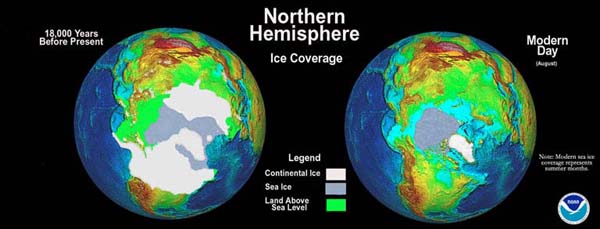Only 2 of the continent is explored and most of the area is covered in ice over 1 6 kilometers thick

Only 2% of the continent is explored and most of the area is covered in ice over 1.6 kilometers thick.
Antarctica, the coldest and most desolate continent on Earth, holds many secrets waiting to be unraveled. Despite its vastness, only a mere 2% of this frozen continent has been explored by mankind. With an area covering about 14 million square kilometers, it is no wonder that much of Antarctica remains shrouded in mystery.
The region’s extreme climate is one of the main factors contributing to the limited exploration. The average temperature in Antarctica hovers around -49 degrees Celsius, making it inhospitable for most living beings. The frigid conditions and treacherous terrain pose significant challenges, even for the most experienced explorers.
But it is not just the harsh climate that has hindered extensive exploration. The massive ice sheet blanketing Antarctica is another significant obstacle. This icy shield, which is over 1.6 kilometers thick in some areas, covers a vast portion of the continent. The sheer expanse of ice makes it difficult to access and study the land beneath.
Understanding Antarctica’s ice is of paramount importance, as it affects global sea levels and plays a crucial role in the Earth’s climate system. Scientists are constantly striving to unravel the secrets hidden beneath these icy depths. By conducting research on the ice sheet, they can gain valuable insights into past climatic conditions and predict future changes.
Despite the challenges, pioneering explorations have provided us with valuable knowledge about this enigmatic continent. By using cutting-edge technology and interdisciplinary approaches, scientists have managed to penetrate deep into Antarctica’s secrets. They have discovered hidden lakes beneath the ice, evidence of ancient organisms, and vital clues about the Earth’s geological history.
The limited exploration of Antarctica highlights the vast opportunities that lie ahead. Unlocking the remaining 98% of the continent could lead to groundbreaking discoveries that could revolutionize our understanding of the planet and its evolution. It is an area filled with scientific, environmental, and economic potential.
As humanity continues to advance in technological capabilities, the exploration of Antarctica becomes increasingly feasible. New research methods, robotic technologies, and satellite imagery allow us to reach places previously considered unreachable. These scientific advancements are slowly helping us expand our knowledge of this frozen continent and shed light on its hidden mysteries.
In conclusion, Antarctica, with its immense size and icy terrain, has only been minimally explored. The majority of its landmass remains shrouded in ice over 1.6 kilometers thick, making it a challenging endeavor for researchers. However, through technological advancements and determination, we are gradually uncovering the secrets hidden beneath this frozen landscape. The remaining unexplored 98% of Antarctica presents a vast field of possibilities, holding the key to unlocking our understanding of Earth’s past, present, and future.
Source: Earth Institute - Columbia University
Images:


Tags
Share
Related Posts
Quick Links
Legal Stuff

